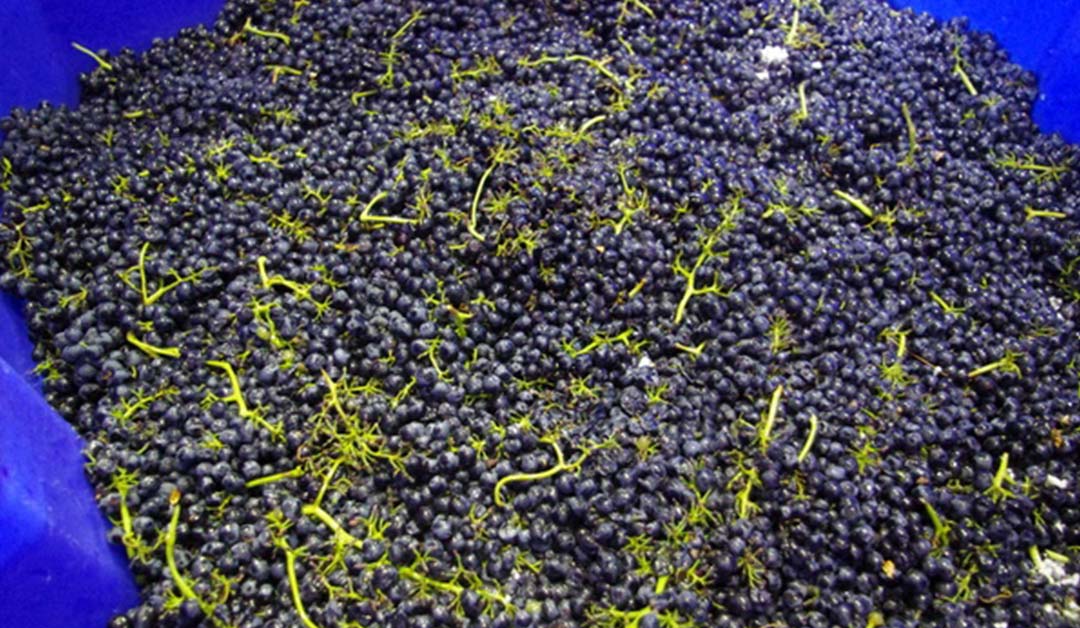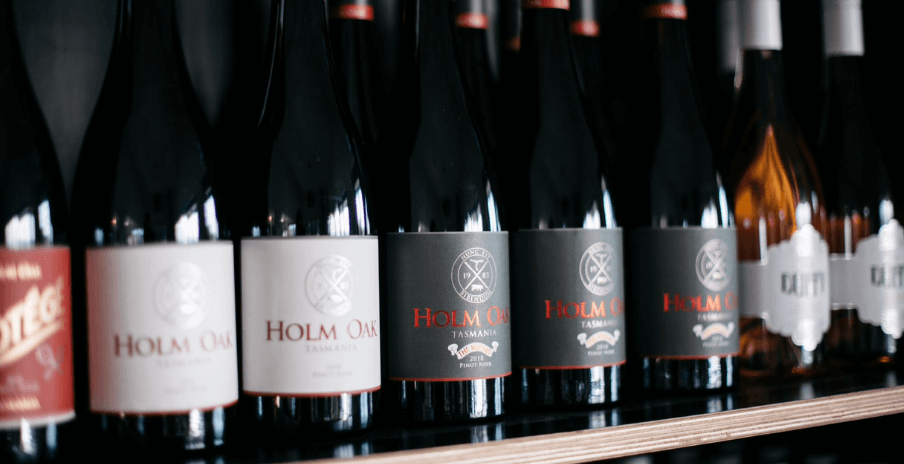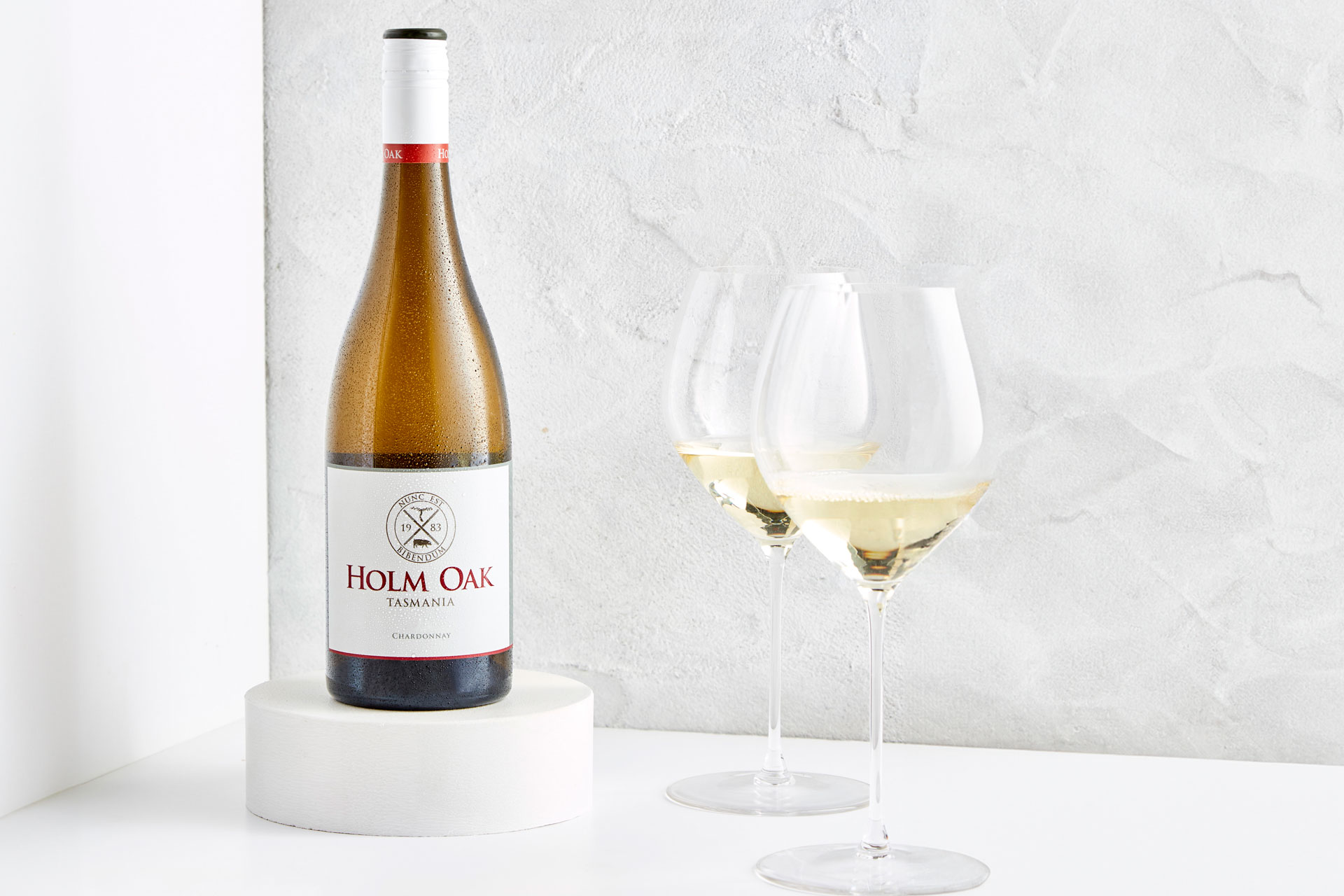What makes Tasmanian Pinot Noir similar to the world’s finest Burgundies?
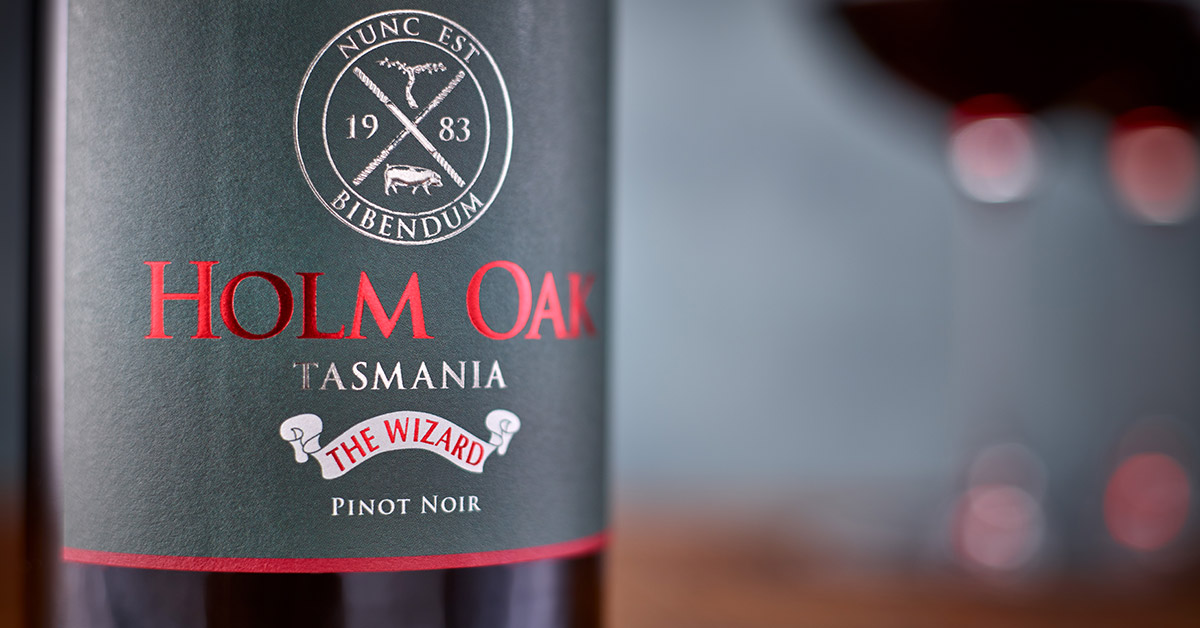
Pinot noir, considered by some to be the most ethereal and elegant of all red wine styles, is crafted with finesse in several of the world’s finest wine growing regions. When you think of great pinot noir, the old world wines of Burgundy usually spring to mind.
While Burgundy may long have been regarded as the original homeland of pinot noir, the varietal is also produced to acclaim in several cool climate new world viticultural regions, including the home of our vineyards in the Tamar Valley, Tasmania.
Our Tasmanian pinot noir plantings are miniscule by global standards. As climate change becomes increasingly real, the wines from our small Apple Isle continue to attract attention in regards to quality and value. Comparisons are naturally drawn with Burgundian styles which set the benchmark.
While the two regions have their own distinct nuances, characteristics and terroir, there are some distinct similarities between the two geographical locations that go to explain why each produces exceptional (and in-demand) pinot noir. Our winemaker Bec Duffy explains some of the nuances of these two sensational regions:
“Great pinot noir is all about finesse and balance, coupled with elegance and power – an iron fist in a velvet glove”
We recognise that both Tasmania and Burgundy make wines with fantastic aromatics and vibrancy. This is characteristic of world class pinot noir, regardless of region. Generally, exceptional pinot noir can only be achieved in the coolest of climates, allowing for the slow accumulation of flavour and intensity in the grape berries without excessive sugar levels.
Old world versus new world pinot noir
What are the key differences between an old-world style red Burgundy and new-world Tasmanian pinot noir?
- Generally speaking, Burgundian wines have a more firm and pronounced tannin structure than their Tasmanian contemporaries, which tend to be more supple and silky.
- Top class Burgundies require many years of cellaring to reach their full potential, which is not necessarily required of Tasmanian pinot noir releases. While some of the meaty, savoury, mushroom and game flavours typical of old world pinot noir can also be found in new world pinot noir, the red berry fruit flavours will also tend to be more prominent and forward.
- Burgundian pinot noir grapes are grown in sea-derived, ancient limestone soils derived from the vast tropical sea in this area some 200 million years ago. Today, if you wander among Burgundy’s vineyards you can find chunks of limestone or marl (limestone mixed with clay) that contain fossilised sea creatures.
These soils are the very secret behind the zesty minerality that’s the hallmark of Burgundy reds. Tasmania’s best soils are volcanic in origin, both dolerite and basalt: black, alkaline, cracking clay soils; and shallow, stony neutral, brown soils. Tasmania’s diverse landscape is dominated by dolerite-capped mountains that shelter its vineyards from prevailing winds and rainfall.
- The regions differ in size too. Burgundy has 28,000 hectares planted with grapes, while Tasmania has 1,800 hectares of planted vineyards.
- Burgundy and Tasmania share similar cool climate conditions, in terms of sunshine per day and humidity. However, overall Tasmania is slightly cooler and drier than Burgundy with less rainfall.
History of Winemaking in Burgundy
The earliest archaeological evidence suggests that viticulture in Burgundy began as early as the second century AD. However, it is widely believed that the Celts may have been growing vines in the region previous to the Roman conquest of Gaul as early as 51BC.
Massalía was founded in about 600 BC by Greek traders who traded extensively up the Rhône valley, where the Romans first arrived in the second century BC.
During the 18th century, the quality of roads in France was vastly improved which aided the commerce and trade of Burgundian wines. The first négociant houses of the region were established in the 1720s and 1730s.
After Burgundy became incorporated in the Kingdom of France, and the power of the church decreased, many vineyards were sold to the bourgeoisie from the 17th century. Following the French revolution of 1789, the church’s remaining vineyards were broken up and from 1791, were sold off. The emergence of négociants soon followed who aggregate the grapes of many growers to produce a single wine. Today, the main heart of Burgundy is 40km long and 2km wide, where approximately 24 or 25 Grand Cru vineyards are found.
It is said that Burgundy is perhaps the most terroir-oriented region in France where the area of origin and the type of soil (from the region’s 400 variations) receives considerable attention. Burgundy’s classifications are geographically-focused which is reflected on the wine’s labels – appellations feature most prominently, and producers’ names often appear at the bottom of the label in much smaller text.
History of Winemaking in Tasmania
Later in the same year that the First Fleet arrived into Sydney Cove, Tasmania’s first vines were planted in 1788 by Captain Bligh from the Bounty at Adventure Bay on Bruny Island. The potential of the Derwent Valley was recognised by explorer Bass in 1798 and by the 1820s, commercial production of wine had begun at Prospect Farm, New Town with early production including sparkling wines.
Initial vineyards were established in the apple isle’s current wine areas – the Derwent and Tamar Valleys, the Coal River Valley, the Relbia area near Launceston, the central east coast and Tasman areas. Cuttings from Tasmanian vineyards were used to establish vineyards in both Victoria and South Australia, including Reynella in 1838.
A rebirth of the industry began in the 1950s when Frenchman Jean Miguet established La Provence in 1956 in the Pipers River area; Moorilla Estate was established in 1958 at Berriedale; and the Heemskerk pilot vineyard at Legana was formed in 1966, with the first commercial release being the 1976 Heemskerk Cabernet Sauvignon. By 1984, winemaking switched to Heemskerk’s Pipers Brook site where the Jansz brand was developed – Tasmania’s first sparkling wine of modern times.
The real boom of Tasmania’s wine industry commenced in the 1990s when a number of winemakers raised the bar on quality and went on to play key roles in the expansion of the Tasmanian wine industry – vignerons such as Andrew Hood (Wellington); Claudio Radenti (Freycinet); Stefano Lubiana arrived from South Australia, Peter Althaus (Stoney Vineyard/Domaine A) from Switzerland; Alain Rousseau from France; and Michael Vishacki purchasing Panorama in 1995.
At Holm Oak, the first vines on our fertile vineyard were planted in 1983 to pinot noir and cabernet sauvignon varieties. Using those original plantings, we have gone on to cultivate arneis, chardonnay, merlot, pinot gris, riesling and sauvignon blanc.
Holm Oak Pinot Noir: Our Approach
Whilst Burgundy is recognised globally as a top producer of pinot noir, playing ‘copy-cat’ is not our style, and is not what we are trying to do.
In producing the finest Holm Oak Pinot Noir that we possibly can, what we do aspire to emulate of our friends in Burgundy is in capturing the true essence of our pinot noir in the location and time period in which it is grown.
Every wine is going to be different based on climate, geology and soils – as well as viticulture and winemaking influence. However, it is our goal to extract and enhance the characteristics of our own ‘terroir’ into every bottle of our pinot noir in the same way in which the top Burgundian producers do.
When you’re next enjoying our Holm Oak Wizard Pinot Noir or our flagship, single vineyard Holm Oak Hot Shot Pinot Noir, we’re confident that these wines stand proudly alongside some of the finest examples of old world pinot noir in the world.
All this talk of Pinot Noir making you thirsty? Why not explore of our range and find a favourite.
